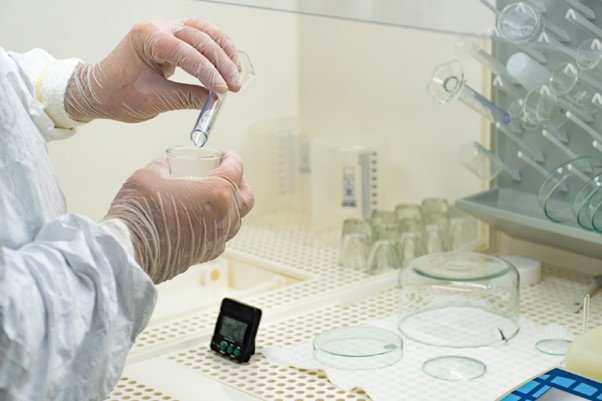Demystifying Blood Clotting in Covid Patients

Fever, sore throat, dry cough, and shortness of breath are the most common clinical signs of COVID-19. Though asymptomatic instances have also been documented, they are more difficult to detect. As blood clots were discovered in both live and deceased COVID-19 patients, unravelling the mystery is extremely intriguing.
Parneet Kaur, a research scholar at Shoolini University with the talented team of Saurav Biswas, Azhar Khan, Saurabh Kulshreshtha, and Pardeep Kumar worked on a research hypothesis to simplify the mystery of blood clotting in Covid-19 patients.
She said, “COVID-19 might trigger your clotting system by causing acute inflammation. While doctors are still studying how COVID-19 targets the body, it appears that a few elements are contributing to the higher risk of clotting.”
Explaining the mechanism of blood clotting, she said, “It is a two-edged sword. In the case of serious external damage, clotting is critical to avoid blood loss; yet, in the case of an internal injury, clotting is not as important.”
Further, she explained how the appearance of atypical thrombotic presentations in COVID-19 individuals was a major cause of concern.
COVID-19 dynamics continue to change as everyday new clinical findings of SARS-CoV-2 pathogenesis emerge, and one such enigma is the creation of inexplicable blood clots in COVID-19 patients’ diverse tissues and organs, which requires immediate care.
To address this problem, Parneet and her colleagues theorise that the mysterious clots seen in COVID-19 patients are caused by SARS-spike CoV-2’s protein binding to the ACE2 receptor expressed in endothelial cells of blood vessels, causing vasoconstriction and activation of the intrinsic coagulation pathway, which results in blood clot formation.